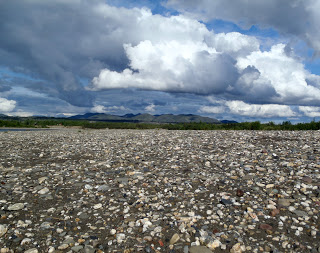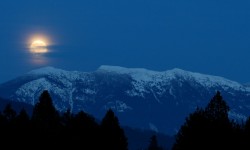The warm, sunny days in early May made part of spring feel like summer. Summer technically doesn’t begin until the summer solstice on June 20 and I was reminded of that with the frost warning earlier this week.
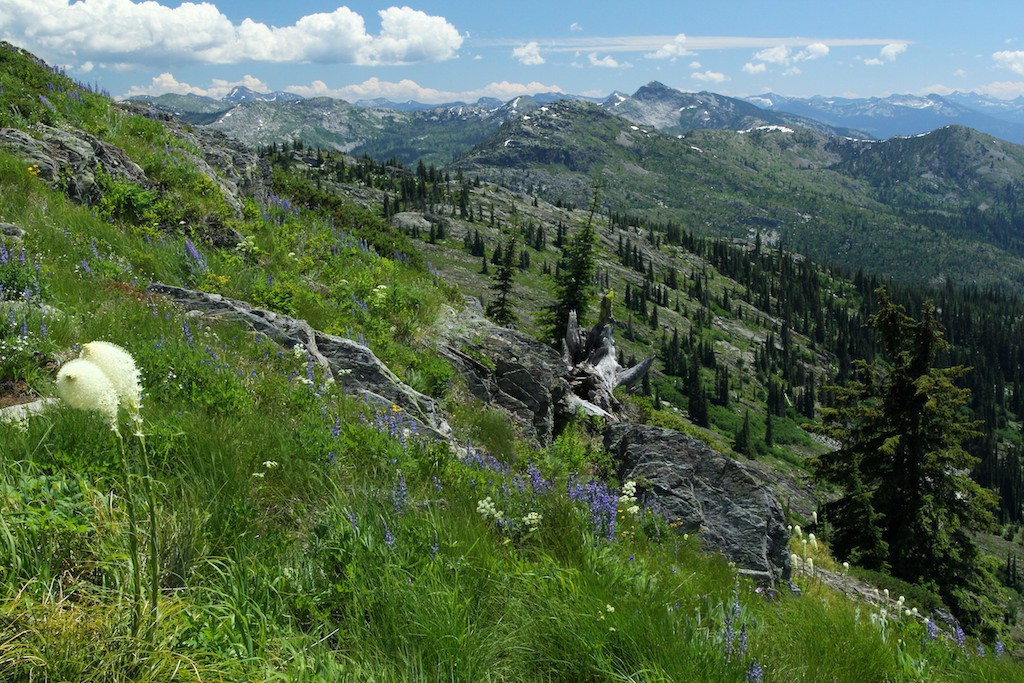
What is the summer solstice?
The summer solstice marks the day when the sun is at its highest point in the sky and setting and rising at its most northerly points on the horizon in the northern hemisphere north of the Tropic of Cancer. Similarly, the winter solstice marks the day when the sun is at its lowest position in the sky. On the summer solstice at the Tropic of Cancer (23.5 degrees north latitude), the sun is directly overhead at its highest point in the sky, such as in the Bahamas.
North of the Arctic Circle, the sun doesn’t set on the summer solstice. For many places in the Land of the Midnight Sun (as Alaska is called during the summer), the sun doesn’t set for days or even weeks. The sun makes a circle in the sky.
In Bettles, Alaska, where I use to work, the sun doesn’t set between June 2 and July 9. For Utqiagvik, Alaska (formerly Barrow), the sun stays up all the time from May 11 to July 31!
That is one advantage of living above the Arctic Circle—endless daylight around the summer solstice. In Bettles, it seemed liked endless daylight from the beginning of May until mid-August because even twenty hours of daylight seem endless.
Farther south in Alaska, the sun may set but the sky remains twilight instead of becoming completely dark at night.
Driving back from Alaska in May, I noticed the change in the darkness of night. In Alaska and the Yukon, night was like daylight—I would wake up at night and see everything. No direct sunlight but a perpetual sunset. As we drove south through British Columbia, night became dimmer. Then south of Salmon Arm, British Columbia, night was darker but still a bit of twilight. Finally, in Bonners Ferry, Idaho, night was dark.
For the northern hemisphere, summer solstice (June 20 this year) marks the day with the greatest amount of daylight. Bonners Ferry will peak at 16 hours and 9 minutes and 15 seconds of daylight, but will bask in that maximum day-length (when rounded to the nearest minute) from June 16 to June 24. (Find your day-length at the Time and Date website.)
The summer solstice officially begins at 1:50 p.m. Pacific Time on Thursday, June 20, 2024 and then day-length starts to become shorter (on the 21st, we lose 2 seconds of day-length).
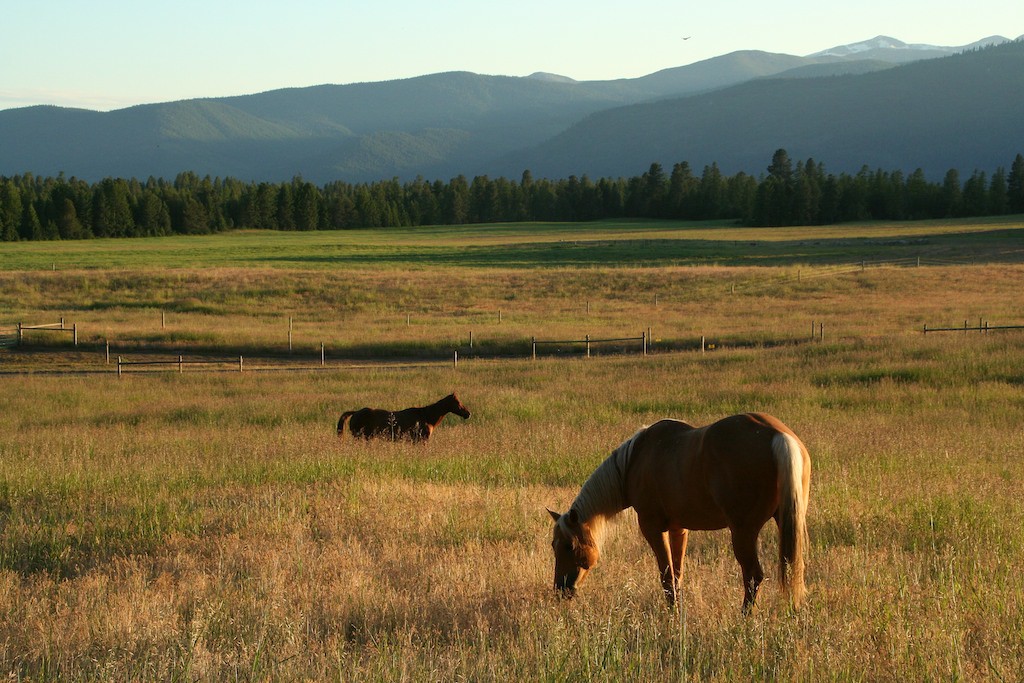
Earliest sunrise and latest sunset
For many locations the summer solstice isn’t the day with the earliest sunrise or latest sunset due to the tilt of the Earth and the Earth’s elliptical path around the sun.
The earliest sunrise and latest sunset actually occur for several days. In Bonners Ferry, Idaho, the earliest sunrise is at 4:41 a.m. from June 14 to June 16 (in 2024) while the latest sunset is at 8:52 p.m. from June 23 to June 26.
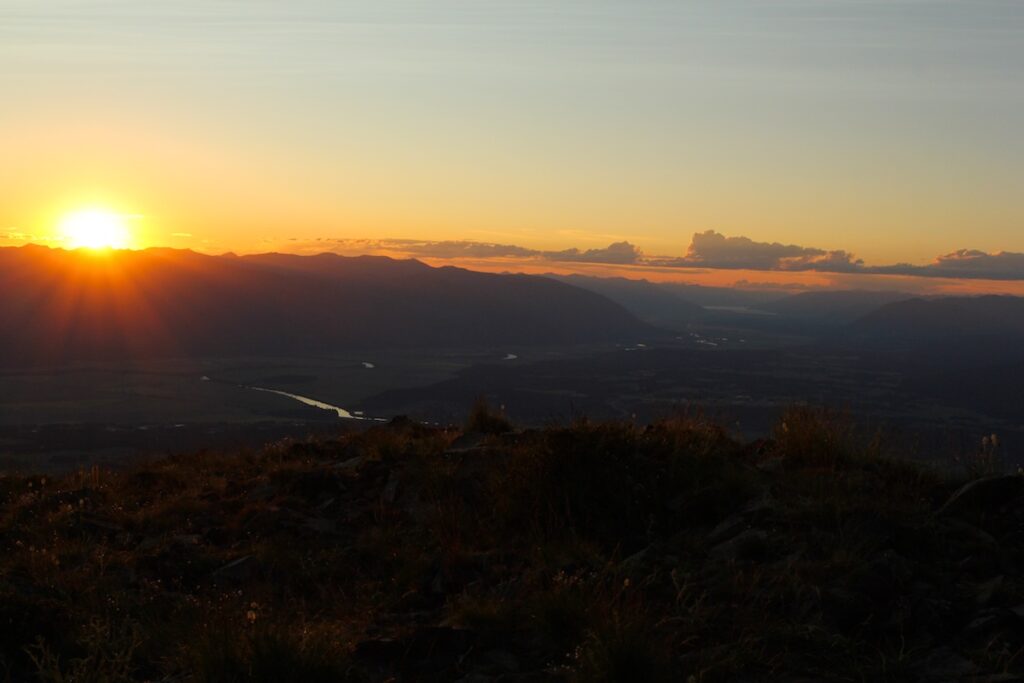
Why isn’t the summer solstice the hottest day?
While the first day of summer may be the longest day of the year north of the Tropic of Cancer, it definitely won’t be the hottest. Both April 12 and August 31 are the same number of days away from the summer solstice but a significant amount of snow can be on the ground on April 12 while a 90 degree heat wave can persist on August 31.
The difference in temperatures is caused by the northern hemisphere still warming up in April and releasing heat in August. The Earth’s oceans and atmosphere act as heat sinks and absorb the sun’s warm rays. During the longest days of the year, they absorb the most heat and then retain that heat. This heat retention makes July and August the hottest months of the year in the northern hemisphere.
After a certain point, more heat is lost at night than is gained during the day, causing the northern hemisphere to cool. This cooling trend continues until after the winter solstice even when the days become longer and more heat enters the atmosphere.
Similarly, the shortest day of the year isn’t the coldest, January and February are usually the coldest months.
The Earth takes longer to warm up than it does to cool down–on a yearly scale and a daily scale. After sunset, the coolness of night quickly rushes in while the warmth of the morning sun slowly warms the land. Just as the coolness of autumn rushes in and cools the land faster than the warmth of spring warms the land.
With the summer solstice occurring on June 20, the hottest days of summer aren’t far behind.
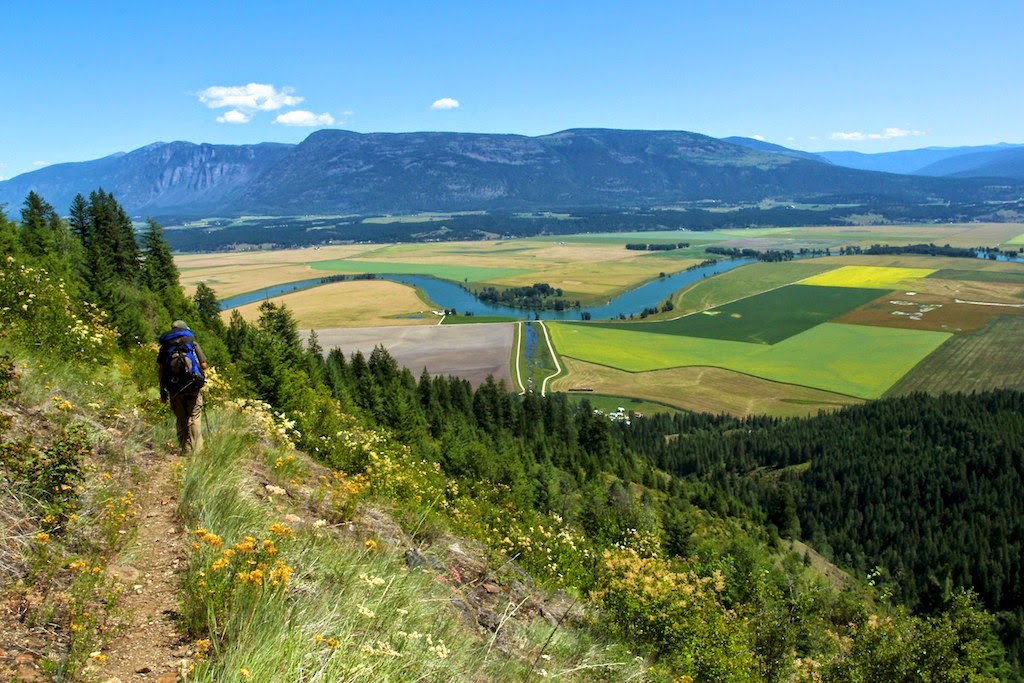
Originally posted June 2014. Updated June 2024.

